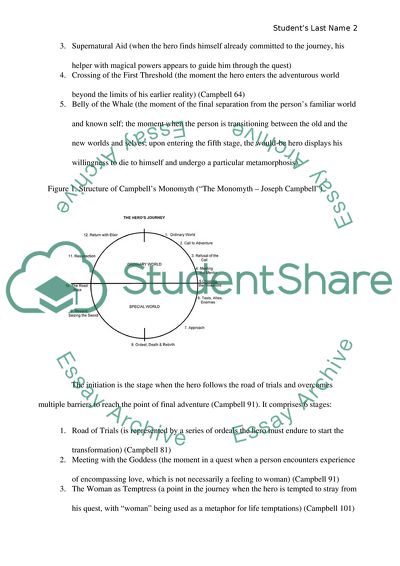Cite this document
(Monomyth Used in Film Essay Example | Topics and Well Written Essays - 2250 words, n.d.)
Monomyth Used in Film Essay Example | Topics and Well Written Essays - 2250 words. https://studentshare.org/visual-arts-film-studies/1776479-monomyth-used-in-film
Monomyth Used in Film Essay Example | Topics and Well Written Essays - 2250 words. https://studentshare.org/visual-arts-film-studies/1776479-monomyth-used-in-film
(Monomyth Used in Film Essay Example | Topics and Well Written Essays - 2250 Words)
Monomyth Used in Film Essay Example | Topics and Well Written Essays - 2250 Words. https://studentshare.org/visual-arts-film-studies/1776479-monomyth-used-in-film.
Monomyth Used in Film Essay Example | Topics and Well Written Essays - 2250 Words. https://studentshare.org/visual-arts-film-studies/1776479-monomyth-used-in-film.
“Monomyth Used in Film Essay Example | Topics and Well Written Essays - 2250 Words”. https://studentshare.org/visual-arts-film-studies/1776479-monomyth-used-in-film.


